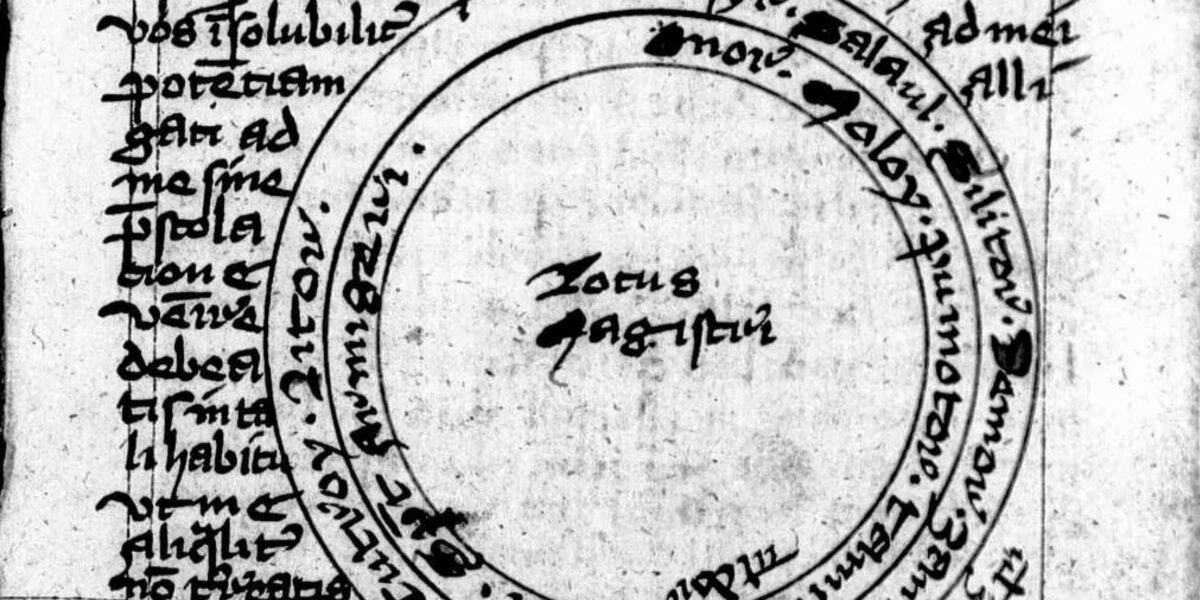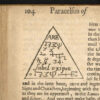The Munich Manual of Demonic Magic
Latin Manuscript, 15th C
BSM Clem.849
Liber incantationum, exorcismorum et fascinationum variarum (CLM 849 of the Bavarian State Library, Munich) is a fifteenth-century grimoire composed in Latin. It is concerned with demonology and necromancy with the largest number of experiments, nineteen in all, is divinatory. Although many of the experiments can be used for obtaining knowledge of any kind, others have more specific aims such as locating stolen goods or capturing a thief. The characteristic features of these operations are the use of scrying and and employment of child, in most cases, a prepubescent boy of legitimate marriage as he alone will be the one to see and communicate with the spirits that are conjured. The text includes the full gambit of evolutionary scrying techniques such as Mirrors, vessels, bones, crystals, fingernails and thumbnails.
The divinatory operation in the Munich Handbook are shockingly similar to those practiced in the Arab culture. This art as cultivated in Muslim lands is called darb al’mandal, drawing the circle, or istinzal arwah, to draw down the sprits. These practices, as with Munich Handbook, were deemed applicable to many situations but were predominately employed for capturing thieves.
Richard Kieckhefer edited the text of the manuscript in 1998 under the title Forbidden Rites: A Necromancer’s Manual of the Fifteenth Century. Portions of the text, in English translation, are presented in Forbidden Rites as well, embedded within the author’s essays and explanations on the Munich Manual in specific and grimoires in general.




